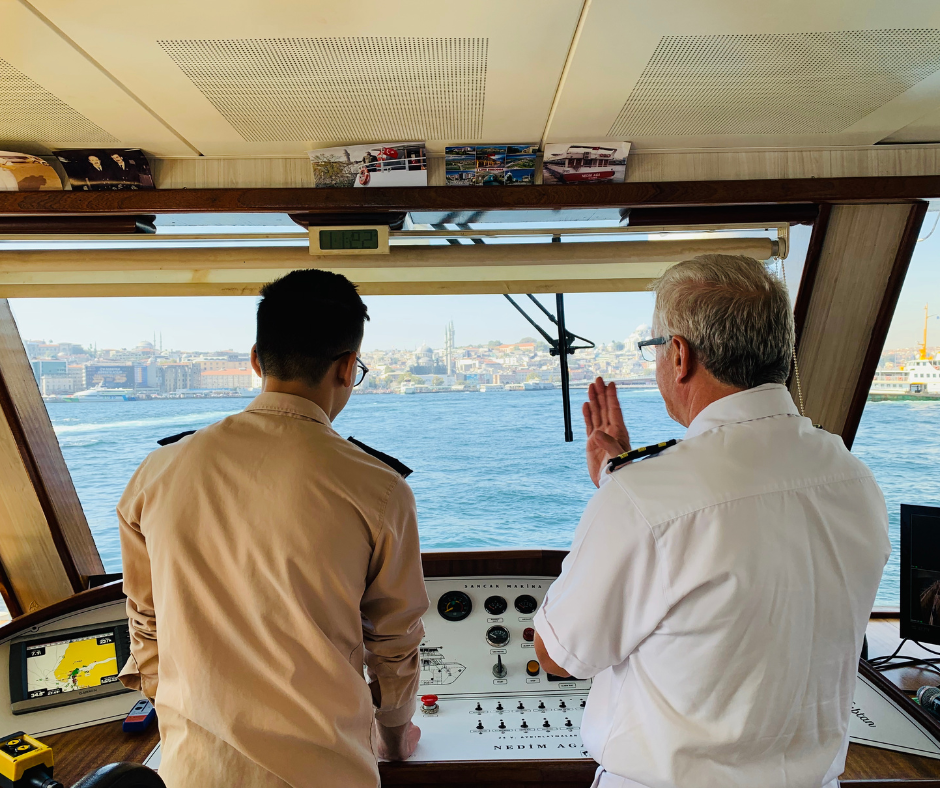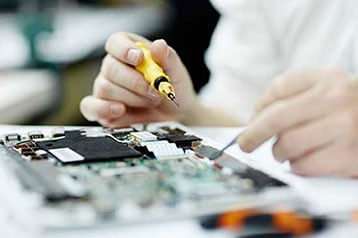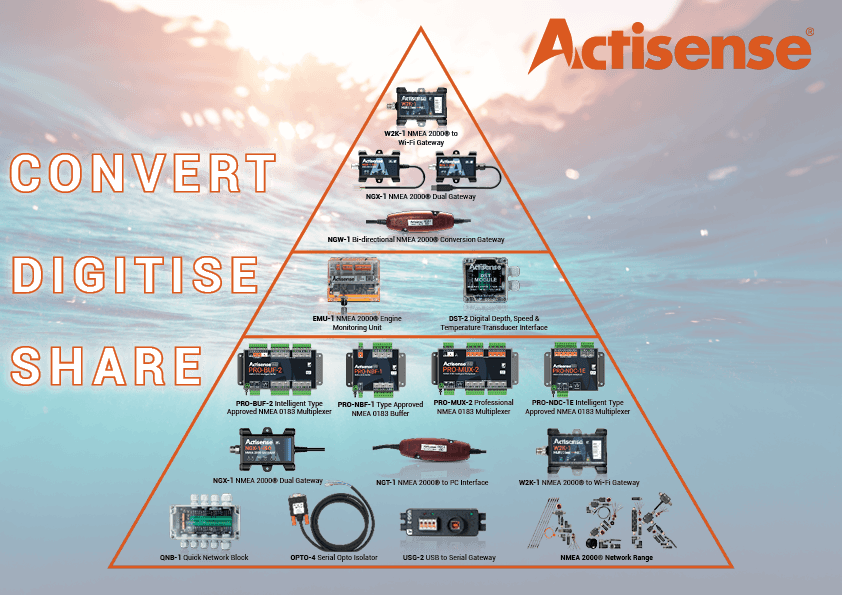Why would I want or need an isolated USB to NMEA 0183 gateways?
When software running on a PC needs access to NMEA 0183 data from a particular device, or alternatively, may need to send NMEA 0183 data, a communication port needs to be created.
The Actisense USB to Serial Gateway was developed to solve 3 fundamental problems with interfacing the marine industry NMEA 0183 communications standard to a PC:
A) Ground loops. When the PC and the NMEA 0183 system have different ground potentials (or are totally different ground altogether), data can become corrupted and permanent damage can occur (to the PC and NMEA device).
B) Different standards. When you buy a standard USB to serial converter, they normally provide PC standard RS232 port, whereas NMEA 0183 uses a standard called RS422. This results in incompatible voltage levels and electrical driver types – causing communication problems.
C) The PC has no serial port. Most modern PCs do not come with serial ports, most are now USB.
Solution for problem A – Ground loops
The primary problem encountered when using a standard USB to serial converter (or a standard RS232 port) is that the ground of the PC is then shared with the NMEA 0183 system ground.
PCs are often powered from a mains inverter, generator set or direct from mains supply when in dock, whereas the marine electronics are normally connected to the current battery set.
This means that when you connect the two systems together, you are joining two different power systems. This can result in no visible problems at first, but more often it results in one of three consequences:
- Data corruption – the data becomes garbled as the electrical data signal now floats on a noisy ground current flowing between two systems.
- The PC crashes intermittently as ground currents flow across its sensitive electronic circuitry. This can cause permanent damage.
- In the case of large ground loop faults, some components can melt / catch fire / fuses blow or earth leakage devices trip.
The USG-2 solves all these problems by providing a safe, opto-isolated barrier between the two systems. Because the signal travels across this barrier as light, the signals do not share the same ground, and safety is assured as no current can flow between the two power systems. In addition, a built-in power isolator completes the isolation.
Solution for problem B – Different standards
PC serial or “COM” ports use the RS232 standard. This uses a ground and a receive pin to get data from a connected system. Data is sent as voltages referenced to ground on a single transmit line. This type of drive is known as “single-ended”.
In contrast, NMEA 0183 systems use a “differential” system, where a “Positive” data line and a “Negative” data line move in opposition to each other.
Many installations without isolated outputs have been seen where the negative data line on a differential drive system has been connected to the ground of the PC. If you’re lucky, this may work, but if not, you will either simply get no data, or at worst, damage your equipment.
The USG-2 solves this by using ingenious circuitry unique to Actisense in both it’s “Listener” (receiver) circuit and its ISO-Drive “Talker” (transmitter) circuit. These circuits are compatible with both RS232 and NMEA 0183.
Solution for problem C – PC has no serial port.
Many laptop and desktop PCs do not come equipped with RS232 type serial ports any more. The USG-1 creates a marine standard NMEA 0183 port from any PC USB port.
This port appears on the PC system as a regular “COM” port, and so can be used with all standard navigation and display software. This allows a connection to be up and running in minutes.
PLEASE NOTE THAT THE USG-1 IS A RETIRED PRODUCT. THE USG-2 IS THE PERFECT AND IMPROVED ALTERNATIVE.
For more information on NMEA 0183 and how it works, please download our free guide to NMEA 0183 networking.




